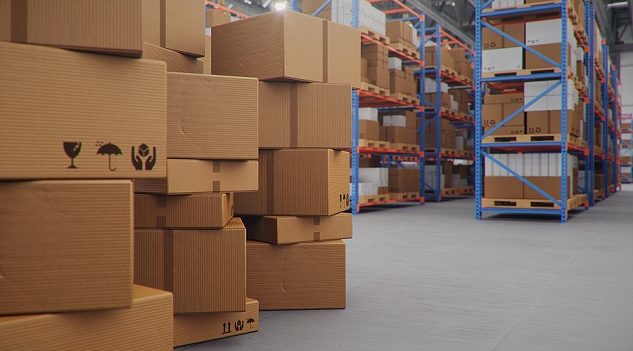Research from inventory management software provider Unleashed reveals that Australian manufacturers are dangerously overstocked, carrying an average $231,700 in additional product or ingredients.
“You can’t blame Australian businesses for taking on extra stock while supply chains were lagging behind,” Unleashed Head of Product, Jarrod Adam, said. “Thankfully, we are now in a place where we can safely define what ‘too much’ stock is, and where businesses can afford to free up cashflow as economic conditions tighten.”
The $231,700 figure from the report represents an average ‘overstock position’ for each company, which is the difference in value between ideal stock levels for each product, versus actuals. Ideal levels were found using industry-standard formulas that consider both the rate of sale and delivery lead times with all data points used being unique to each product line analysed to ensure the accuracy of the values generated.
This comes with Australian SMEs yet to recover from the supply and transport issues caused by COVID-19 delays. And the $230,000 figure reported can be the difference between growth and failure for many of those SMEs who are currently barely hanging on.
By industry, Building & Construction ($370,528) and Industrial Machinery & Raw Material and Equipment ($358,427) had the highest overstock position of Australian SMEs, while Beverages ($73,244) and Personal Care ($115,165) were the lowest overall.
Of the markets analysed, Australian firms had a higher average overstock position than both New Zealand ($200,733 AUD) and the UK ($186,500 AUD), while the North American firms topped the group at $236,391 AUD.
Josh Ambler, Senior Manager at accounting firm BDO, said that understanding how badly a business is overstocked can mean extra cash in pocket with clever inventory control, but these benefits won’t be felt for all.
“Comparing, say, beverages and construction, you’re often looking at very different inventory models. Unlocking cash from surplus inventory is way simpler if you have a short cashflow cycle, meaning there’s a regular churn of goods in and out of a business,” Ambler said. “For these guys, some relatively simple adjustments in re-supply orders can quickly mean more cash in the back pocket. For businesses with a slow cashflow cycle, ordering will take place at set times, or in higher volume to secure a good price. These companies may instead need to consider how they can move off excess stock before it comes obsolete.”
Adam believes that Unleashed’s findings will make a real difference for product businesses pressured by inflation and supply chain shocks.
“It’s all about finding ways to control the controllables,” he said. “That can mean anything from improving internal efficiencies, to using a more granular, data-based approach to rebuying. We know that unlocking cashflow is a priority for our customers ahead of this new financial year.”














